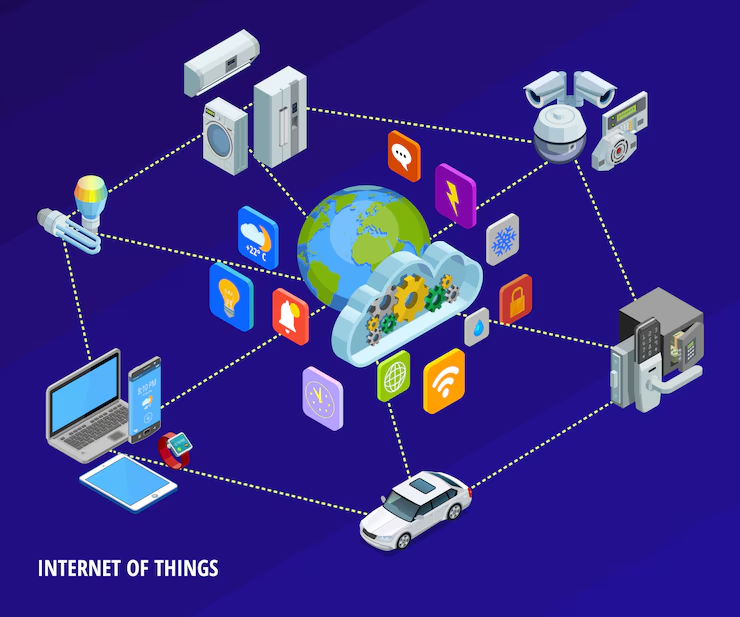In today’s ever-evolving digital world, secure and efficient communication is essential. One emerging technology that addresses modern communication challenges is the IP2 network. In this comprehensive guide, you’ll discover what the IP2 network is, how it works, and why it’s gaining attention in 2025.
Understanding the Basics of IP2 Network
What Does IP2 Stand For?
IP2 stands for Internet Protocol version 2. It is an advanced communication protocol that builds upon older IP systems like IPv4 and IPv6. Although not officially standardized like its predecessors, IP2 network is a term often used to describe enhanced private or peer-to-peer network infrastructures.
Why Is the IP2 Network Gaining Popularity?
In 2025, internet users and developers seek better control over data, privacy, and decentralization. The IP2 network addresses these demands by offering:
- Greater privacy features
- Decentralized architecture
- Enhanced data transmission speed
- Secure peer-to-peer connections
These capabilities make it ideal for next-gen apps and secure communication platforms.
Key Features of the IP2 Network
Decentralization and Privacy
A central feature of the IP2 network is its decentralized nature. Unlike traditional networks that rely on centralized servers, the IP2 network promotes peer-to-peer communication. As a result, it becomes harder for external parties to intercept data.
Faster Data Transmission
Speed is crucial in digital interactions. The IP2 network enhances data transmission by minimizing bottlenecks typically found in older protocols.
Peer-to-Peer Architecture
The IP2 network enables devices to connect directly. This model eliminates middlemen, ensuring faster and more private exchanges of data.
How the IP2 Network Works
Layered Infrastructure
Like other internet protocols, the IP2 network works in layers. Each layer handles a specific function:
- Physical Layer: Manages hardware connections
- Network Layer: Oversees routing and addressing
- Transport Layer: Ensures reliable data transfer
- Application Layer: Handles user-facing apps and services
Encryption Protocols
Security is a top concern. The IP2 network uses advanced encryption algorithms to protect user data. This ensures all information is secure during transmission.
Applications of the IP2 Network in 2025
Secure Messaging Apps
Apps built on the IP2 network offer end-to-end encryption. This makes them ideal for users who value privacy.
Decentralized Social Media
Unlike traditional platforms, IP2-powered social networks store data across multiple nodes. This approach offers more freedom and security.
Smart Contracts and Blockchain
Blockchain platforms often rely on secure communication channels. The IP2 network provides the infrastructure needed to support smart contract execution and node communication.
IoT and Smart Devices
In 2025, the Internet of Things continues to grow. Devices powered by the IP2 network can securely exchange data without needing a centralized hub.
Advantages of Using the IP2 Network
Improved Security
End-to-end encryption and decentralized storage reduce vulnerability to hacking.
Reduced Costs
Without the need for central servers, users save on infrastructure costs.
High Scalability
The IP2 network can grow without performance degradation, making it perfect for global applications.
Challenges Faced by the IP2 Network
Lack of Standardization
Because the IP2 network is still emerging, it lacks universal standards. This can create compatibility issues.
Technical Complexity
Setting up an IP2 network may require more technical knowledge than traditional methods.
Regulatory Concerns
Governments may challenge decentralized systems due to issues like content control and surveillance.
How to Set Up an IP2 Network
Step-by-Step Overview
- Choose a Platform: Select software that supports IP2 networking.
- Install Nodes: Set up devices that will act as nodes in the network.
- Establish Connections: Use IP2 protocols to link nodes.
- Configure Security: Implement encryption and firewall rules.
- Test the System: Run tests to ensure data flows securely and efficiently.
Best Practices
- Use strong encryption
- Keep software updated
- Monitor network activity regularly
Comparing IP2 Network With Traditional Networks
| Feature | IP2 Network | Traditional Network |
|---|---|---|
| Privacy | High | Moderate |
| Speed | Fast | Varies |
| Centralization | No | Yes |
| Cost | Low | High |
| Scalability | High | Limited |
Future of IP2 Network in 2025 and Beyond
Growing Adoption
As privacy and decentralization become more important, the IP2 network is expected to gain broader adoption in multiple sectors.
Integration With AI
Future applications may integrate AI to automate routing and security management.
Government Involvement
Regulations could shape how IP2 networks evolve. A balance between freedom and control will be crucial.
Final Thoughts
In conclusion, the IP2 network is reshaping how we think about digital communication. With its focus on privacy, decentralization, and speed, it meets the demands of modern internet users. While it has hurdles to overcome, its potential is vast and exciting.
As we move deeper into 2025, understanding and leveraging the IP2 network could be a key step toward a more secure and efficient digital future.
Whether you’re a developer, entrepreneur, or simply curious about tech trends, learning about the IP2 network is a smart move.



